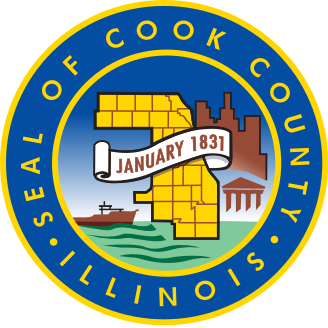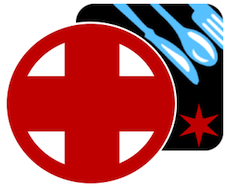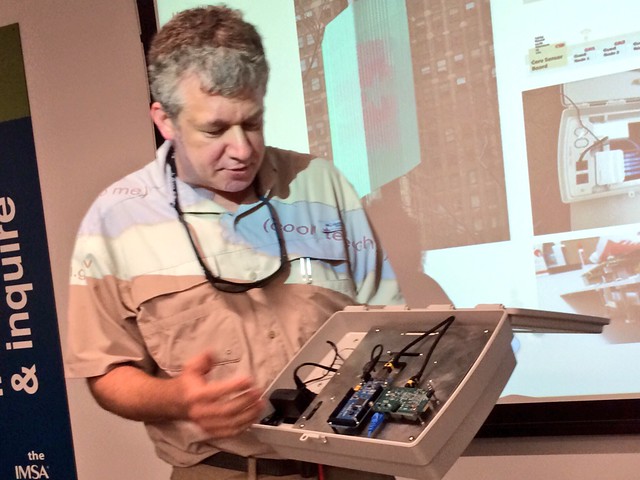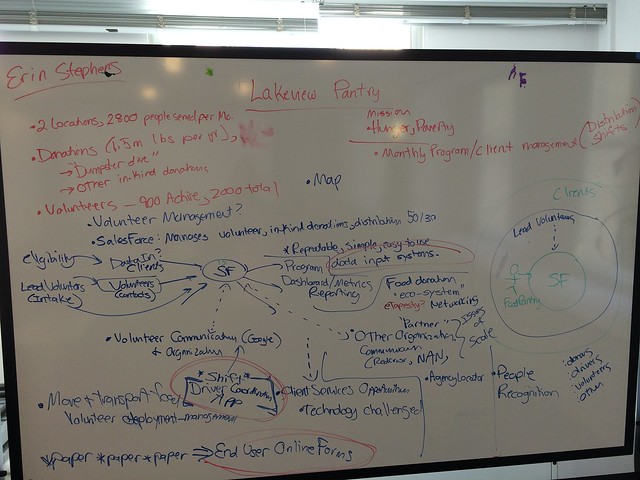 As we continue our work on our Cook County Open Data project, we are exploring already existing tools for interacting with Cook County Government data. Josh Kalov created this directory of ones that may be useful. Over the next several months we will do tutorials and write more information about many of these. As we work to add more raw data and update existing data, it’s important to see and use the vastly helpful tools that the County has invested in to allow residents to learn more about property.
As we continue our work on our Cook County Open Data project, we are exploring already existing tools for interacting with Cook County Government data. Josh Kalov created this directory of ones that may be useful. Over the next several months we will do tutorials and write more information about many of these. As we work to add more raw data and update existing data, it’s important to see and use the vastly helpful tools that the County has invested in to allow residents to learn more about property.
Year: 2014
CUTGroup #9 – Foodborne Chicago
We conducted our ninth Civic User Testing Group as a part of a grant from the John S. and James L. Knight Foundation to build communication strategies to engage with targeted communities through Foodborne Chicago, an app that searches Twitter for tweets related to food poisoning and helps report these incidents to the Chicago Department of Public Health.

Here are the outcomes we will achieve through the Knight grant:
This project will result in improved communications strategies for targeting key cultural groups on social media. The team will conduct research activities to identify the best approaches for communicating with these groups, implement and test new strategies in Food Bourne software and release a report with the findings of the research.
Chicago Early Learning Phase Three
We’re deep into work on the next phase of our Chicago Early Learning. The key work here is to turn the existing system from a sortable web listing of locations into a robust jumping off point for parents and caregivers seeking to enroll their children. Here’s some of the work ahead:
The Array of Things at OpenGov Hack Night
At the OpenGov Hack Night on June 17th, Charlie Catlett from The University of Chicago and Doug Pancoast from the School of the Art Institute of Chicago will talked about a new partnership with the City of Chicago to prototype a network of urban sensing and embedded information systems “nodes.”

Hack Night Live: The Array of Things
At tonight’s Chicago OpenGov Hack Night, Charlie Catlett from The University of Chicago and Doug Pancoast from the School of the Art Institute of Chicago will talk about a new partnership with the City of Chicago to prototype a network of urban sensing and embedded information systems “nodes.”

Photo by Alyson Hurt, Creative Commons
The network is intended to be a public utility, including sensors for temperature, humidity, light, sound, motion, infrared, and various components related to air quality and the data published in 30 second intervals to enable app development.
The project, part of Chicago’s Tech Plan, aims to provide test nodes in several locations by late summer 2014, and expects to deploy 8-20 nodes in the Loop by October 2014. Contingent upon federal funding requests, the ultimate goal is to develop a network of over 500 nodes.
We’ll start our livestream at 6:15pm CST.
National Day of Civic Hacking Takeaway One: Food Pantry App
This is the first in a series of posts about takeaways learned from National Day of Civic Hacking in Chicago. These posts will highlight problem sets, current efforts, and how to get involved in future efforts.
Of all the topics talked about during National Day of Civic Hacking, none got more attention and conversation going than the idea of building an app to help the needs of food pantries.

Notes taken during the food pantry session during National Day of Civic Hacking
In this takeaway post, we’ll describe the problem set, current data, current projects, and possible next steps in creating a tool that helps to support the work of the food pantries.
